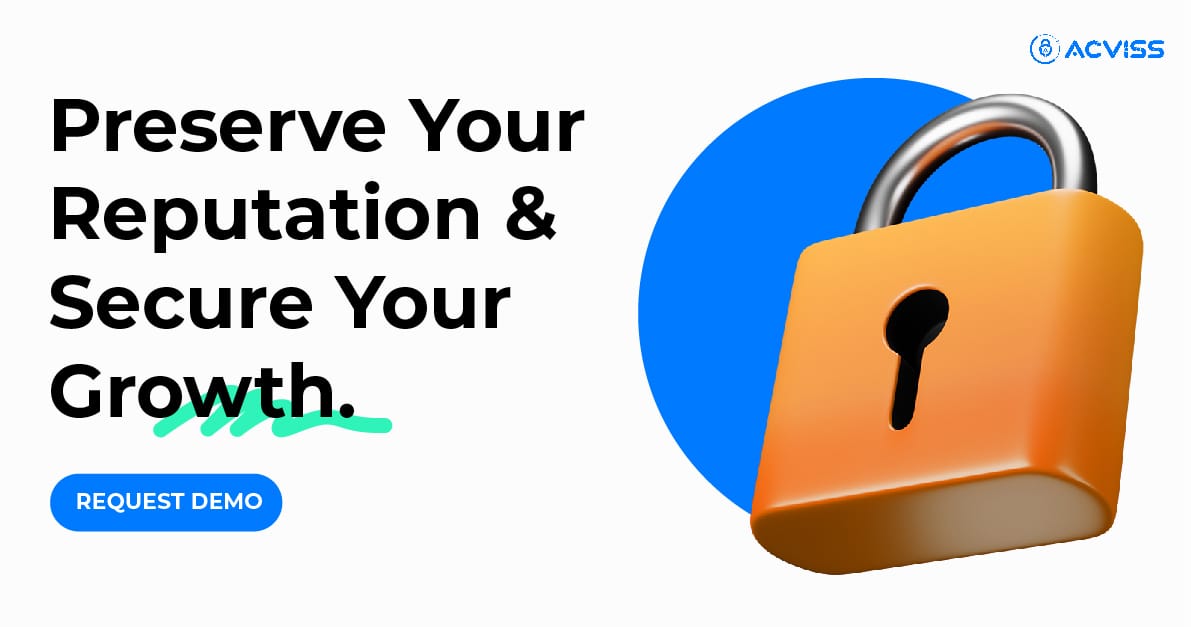Track the Bottle to the Case: Parent-Child Serialisation in the Liquor Industry
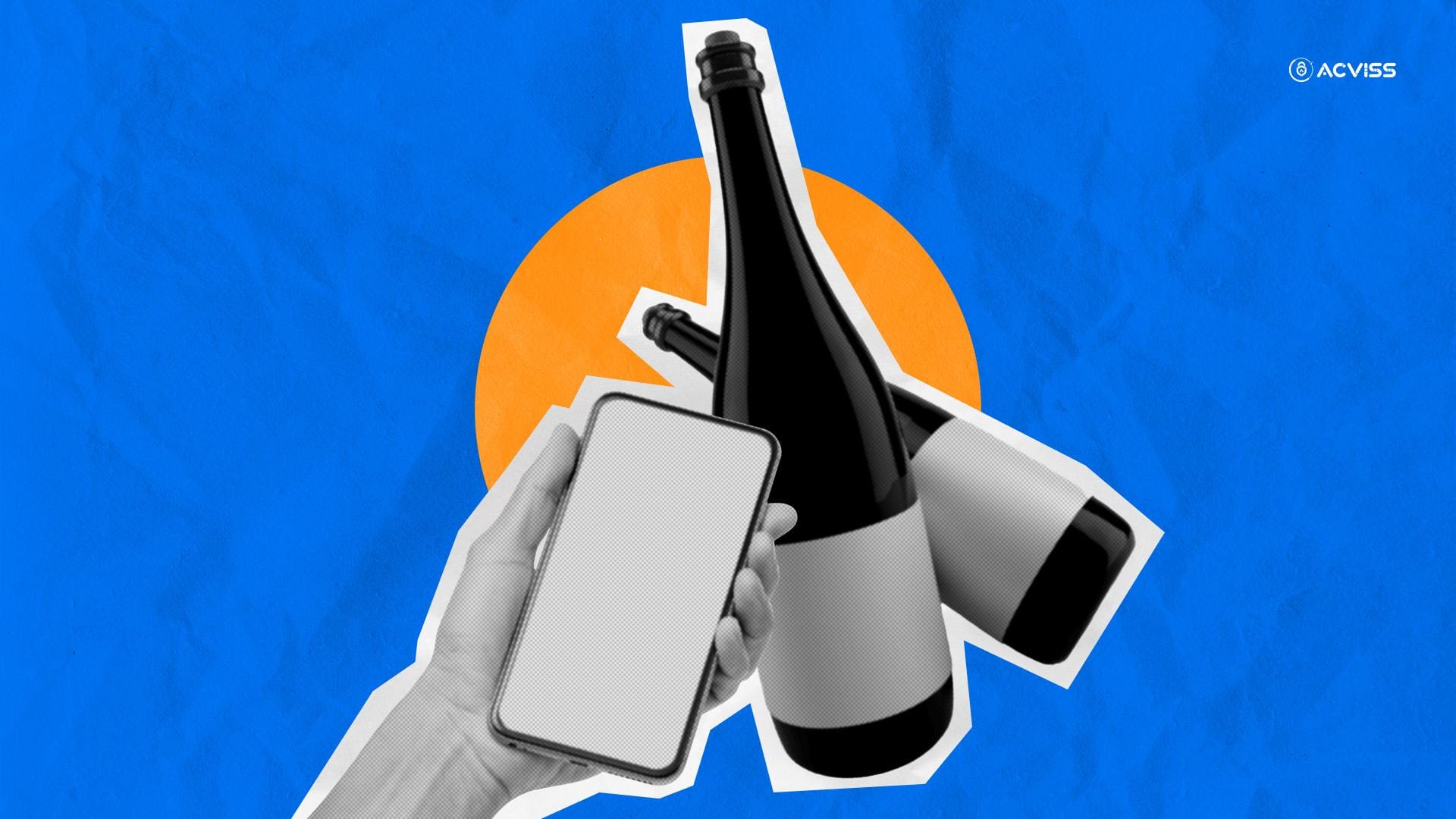
If you are in the liquor business, you might be aware of a growing threat of counterfeiting, grey market diversion, and illicit trade in the industry. Today, alcohol is not only the most highly margin business and the most highly demanded business, but also one of the most counterfeited product categories in the world.
- In Europe alone, an estimated €1.3 billion in alcohol sales is lost to counterfeits every year.
- In India, counterfeit liquor has caused multiple public health crises and led to over 1 trillion INR in tax revenue losses.
Here’s a thing, it’s not just about the lost revenue. Fake alcohol poses dangerous health risks to consumers, erodes brand trust, and undermines regulatory compliance.
The solution to this is an airtight traceability from the production line to the point of sale. One technology that has proven effective for this problem in a liquor business is: Parent-child serialisation. This traceability approach links every individual bottle to its case, and every case to its pallet, creating a trackable chain that ensures accountability and product authentication at every step.
What is Parent-Child serialisation?
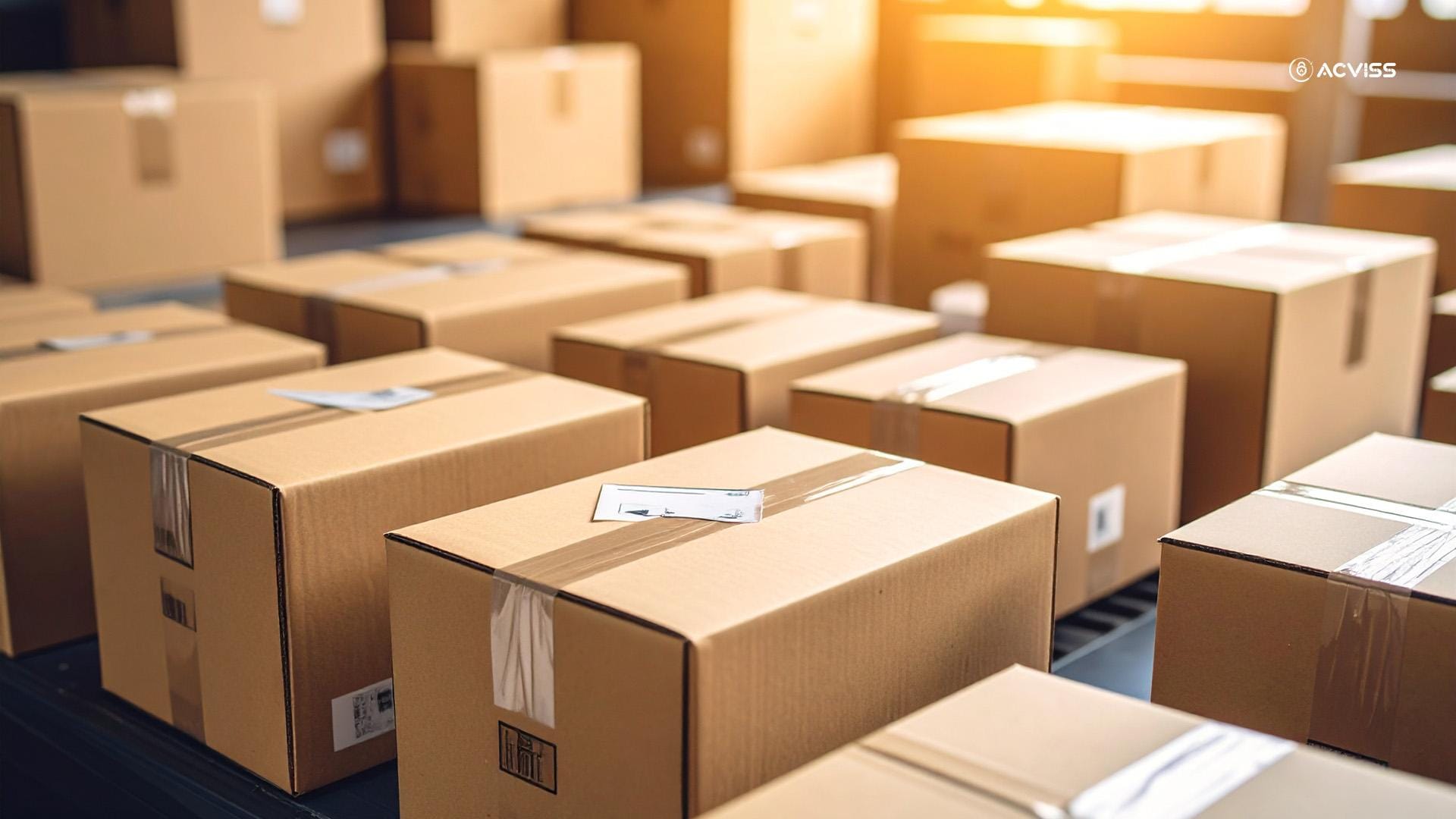
Parent-child serialisation is a track and trace method that assigns unique identifiers to every unit in the packaging hierarchy.
Here’s how it works:
- Each bottle (child) gets a unique QR code or serial number.
- Several bottles are grouped into a case (parent), which also gets a unique identifier.
- Multiple cases may then be aggregated onto a pallet (grandparent) with its own code.
The result is a packaging hierarchy where every unit is traceable and connected:
- Scanning a bottle reveals its case and pallet lineage.
- Scanning a case allows you to verify the integrity of all bottles within.
Why this matters:
- If a single bottle is flagged as counterfeit, the system can identify its case and distribution path.
- In the event of a recall, affected units can be isolated and traced quickly.
The Counterfeit Crisis in the Liquor Industry
We saw a quick summary of the solution to the problem of liquor. Now, let's take a step back and see how counterfeiting in the alcohol sector is more than just a financial problem. It’s a public safety issue.
Global snapshot:
- The UK government estimates over £1.2 billion in annual tax losses from illicit alcohol.
- In China, up to 20% of Bordeaux wines are suspected to be counterfeit.
- In India, fake whiskey and spurious local brews frequently make headlines, often leading to fatalities.
Common loopholes exploited:
- Refilled genuine bottles passed off as new.
- Unauthorised distribution or diversion.
- Lack of visibility in supply chains allows for duplication.
Traditional packaging and tracking methods are no longer sufficient. Serialisation offers a structured, verifiable way to shut these loopholes and establish accountability.
So, now back to our original topic:
How serialisation Enhances Anti-Counterfeiting in Alcohol
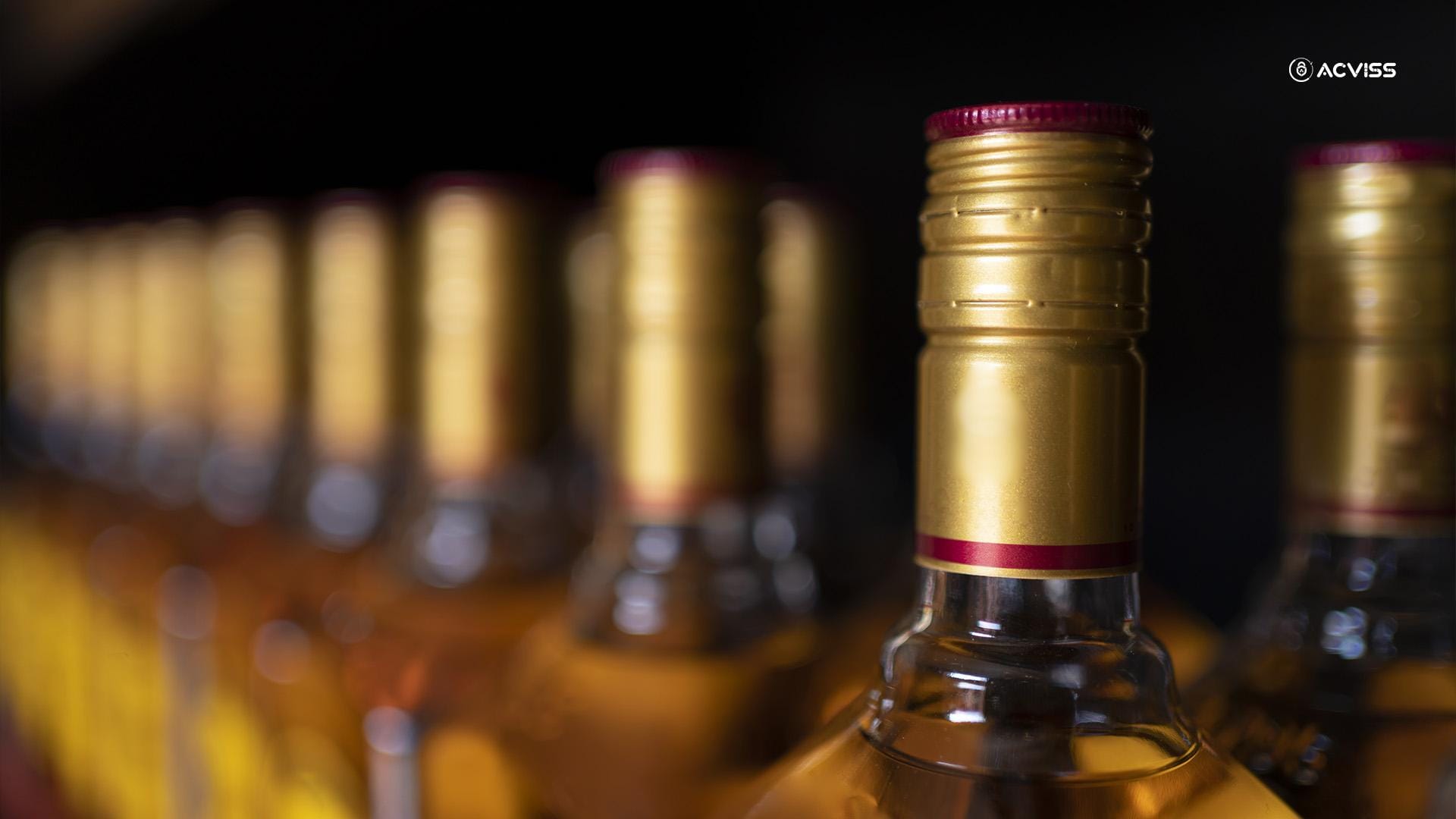
Serialisation plays a vital role in securing liquor supply chains and safeguarding consumers. Below are some key benefits of serialisation.
Key anti-counterfeit benefits:
- Unique codes: Each bottle and case has a one-time, secure ID, making duplication difficult.
- Multi-point verification: Every scan becomes a checkpoint. If a bottle's scan doesn’t match its parent case data, it raises a red flag.
- Tamper evidence: Aggregated data can detect patterns such as repackaged goods or fake returns.
- Brand protection: Ensures only genuine products reach shelves, boosting consumer confidence.
For example, if a bottle marked for Delhi is found being sold in Mumbai, the serialisation system can identify this diversion and trigger an alert. It’s not just about stopping counterfeits, it’s about enabling smarter distribution and control.
Compliance and Packaging Regulations
Across global markets, liquor regulations are tightening. Compliance now requires more than just labelling; it demands full traceability.
Key regulations:
- India: Legal Metrology Act, BIS packaging standards, and state-level mandates like Delhi’s requirement for scanning liquor at the point of sale.
- USA: TTB (Alcohol and Tobacco Tax and Trade Bureau) and FSMA (Food Safety Modernisation Act) traceability rules, with a 2026 deadline.
- Uzbekistan: Mandates serialisation and aggregation for all alcohol packaging.
Serialisation helps brands comply by:
- Capturing data at each level of packaging.
- Maintaining digital records for two or more years.
- Enabling audit-ready systems.
Consequences of non-compliance:
- Costly recalls
- Regulatory fines
- Business disruption
With enforcement getting stricter, serialisation is becoming a legal and operational necessity for liquor producers and distributors alike.
Improving Supply Chain Visibility with Packaging Hierarchies
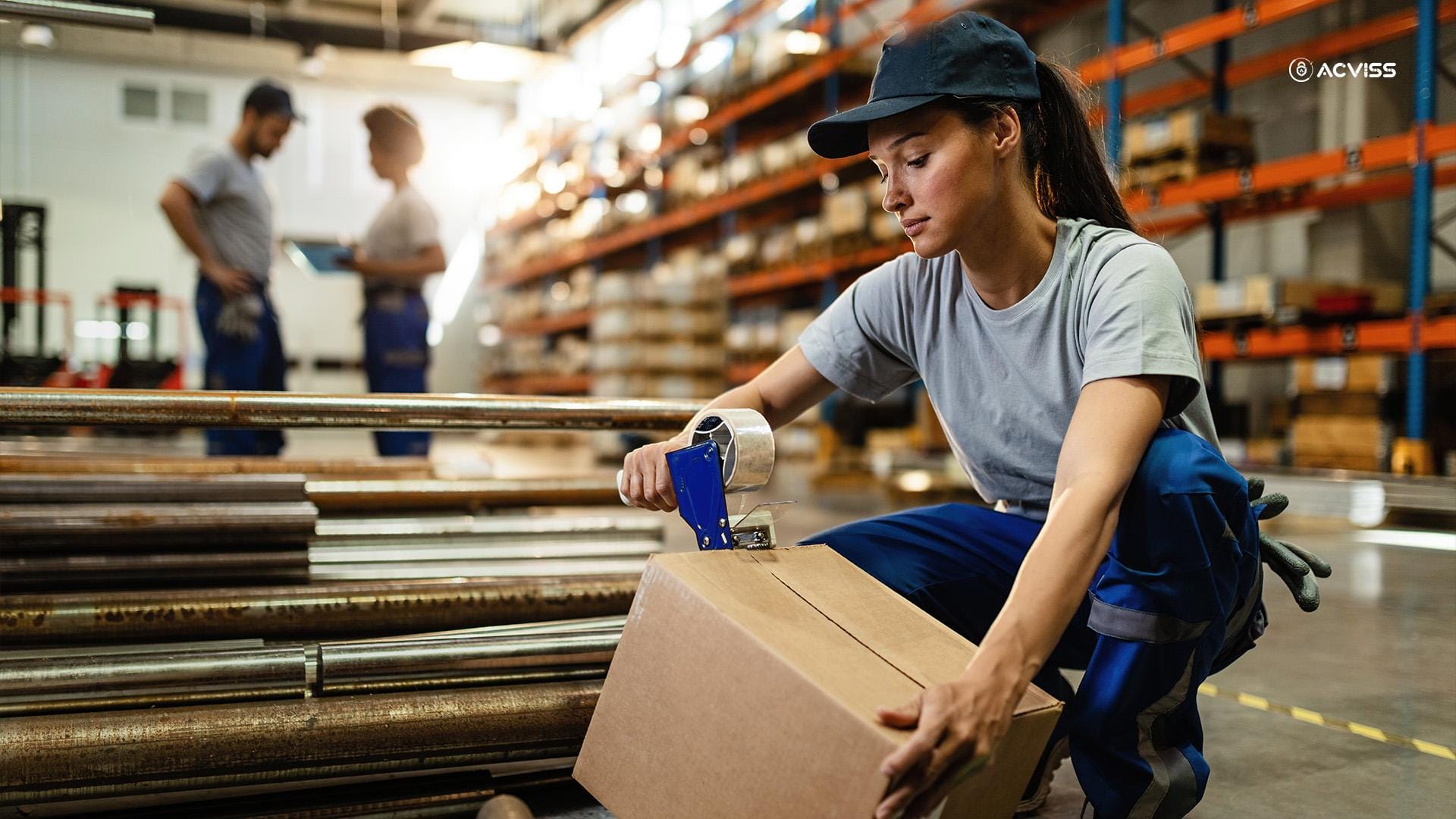
Parent-child serialisation isn’t just about fighting fakes, it’s about creating full transparency in how products move through the supply chain. In the liquor industry, where every delay, diversion, or theft can lead to revenue loss or reputational damage, visibility matters.
How packaging hierarchies improve visibility:
- Unit-level traceability: Every bottle, case, and pallet has its unique identifier.
- Journey tracking: From production to distributor to retail shelf, brands can trace exactly where the product is, and where it’s been.
- Real-time data capture: QR and RFID scans log movement at each stage.
- Grey market prevention: Products diverted to unauthorised channels can be flagged quickly.
⭐ Stat to note: 62% of companies still lack proper supply chain visibility. Serialisation offers a clear path forward. |
|---|
By linking bottles to batches and pallets, brands gain a multi-layered map of their product journey, improving decision-making and response time.
Key Technologies Behind serialisation
serialisation works only as well as the tech that supports it. Here are the foundational technologies making parent-child serialisation feasible and scalable:
- QR Codes: Unique and secure, QR codes allow easy authentication via smartphones. When non-cloneable (like those used in Certify), they’re nearly impossible to replicate.
- Blockchain: Adds an immutable layer to every scan or transaction. Once a bottle is scanned, the data is stored in a tamper-proof ledger.
- RFID & Data Matrix: Ideal for high-speed, high-volume environments. RFID supports automated scanning, while Data Matrix codes provide compact, high-density encoding.
- ERP Integration: Connects serialisation data with existing systems to manage production, distribution, and compliance reporting.
Together, these technologies help brands manage complexity while maintaining control across large-scale operations.
India-Specific Challenges and Opportunities
India is one of the fastest-growing liquor markets in the world and also one of the most counterfeit-prone. The opportunity for serialisation is big, but so are the hurdles.
Challenges:
- Manual processes dominate: Many MSMEs still use basic or no verification tools.
- Low digital adoption: While changing, QR scanning or traceability isn’t yet routine for many distributors or retailers.
- Cost constraints: Serialisation implementation can be seen as a burden rather than an investment.
Opportunities:
- Regulatory momentum: The Delhi government’s mandate for liquor scanning is a step toward standardisation.
- Growing awareness: Consumers are more health-conscious and interested in product origin.
- Market potential: India’s supply chain market is projected to grow to $6.43B by 2030.
With the right education and tools, India’s liquor sector can leapfrog straight into secure, tech-driven traceability.
Certify by Acviss
If you are a liquor brand looking to implement parent-child serialisation without heavy IT overhead, Certify by Acviss offers a practical, secure, and scalable solution.
What Certify enables:
- Non-cloneable QR codes on bottles and cases that prevent duplication
- Real-time tracking of every unit in the packaging hierarchy
- Blockchain-backed records for tamper-proof verification
- ERP and supply chain system integration for end-to-end visibility
Where it’s used:
- Liquor and spirits packaging
- FMCG goods
- Agricultural products
Compliance-ready: Certify supports ISO 27001 and GDPR standards, helping brands meet both local and international traceability regulations.
In short, Certify brings bottle-to-case traceability to life, without needing to overhaul your entire infrastructure.
Final Thoughts
In the current regulatory and market climate, parent-child serialisation has become essential, not just a nice-to-have.
It strengthens your defence against counterfeiting. It gives you clarity in complex supply chains. It helps you comply with growing global and local traceability mandates.
For liquor brands, starting early can mean the difference between staying ahead and getting left behind.
Explore how Acviss can make it happen. The bottom line? Start small if needed, but aim big. Bottle-to-pallet traceability isn’t just the future, it’s the present.
